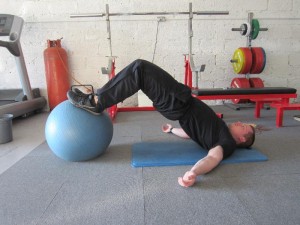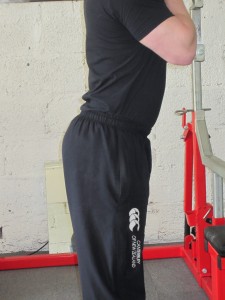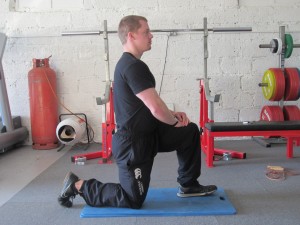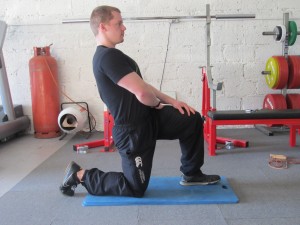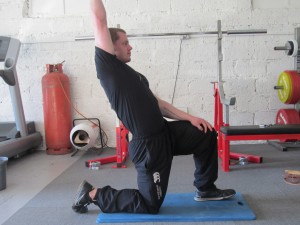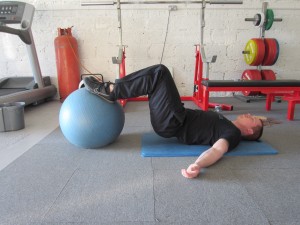Glute activation for maximum performance
It is well known that effective gluteal firing and strength enhances performance, and considering most sports require extension of the hip, it is of paramount importance that the glutes (maximus, medius and minimus) are allowed to function efficiently. The gluteus maximus is the biggest out of the three and works by extending and laterally rotating the hip. It is also one of the strongest muscles in the body so needless to say, if the glutes aren’t as strong as they should be, performance will suffer.
So how can we ‘activate’ the glutes?
There are many exercises that work these muscles, in fact any exercise that involves hip extension will do the job. The main powerhouse exercises that will target them are squats, deadlifts and Olympic lifting. But before we perform these, we can use less intense exercises to target the glutes and get them warm before the big lifts. Here is how:
Start by releasing the hip flexors, a group of muscles responsible for flexing the hip, mainly the iliopsoas muscles. These muscles are often quite tight, especially if you sit down a lot. When the hip flexors are tight, they tend to pull the torso forward and cause an anterior pelvic tilt due to their origin on the spinal column and insertion on the femur.
An anterior pelvic tilt is often caused by tight hip flexors and spinal erectors, and weak hamstrings, glutes and abdominals
If your hip flexors are known to be tight, it will be worth performing corrective stretching (1-2 x 20-30second holds) on them prior to any exercise. If they just need a quick release, then active stretching (3-5 x 3-5second holds) would be appropriate.
Adopt a kneeling position
Squeeze glutes, rock the pelvis into a posterior tilt and lean back slightly
Stretching the arm above your head and leaning back will further increase the stretch
After releasing the hip flexor muscles, find a swiss ball, box or raised platform and perform 1-3 sets of 8-15 reps glute bridges. The swiss ball will be most effective at working the glutes due to the instability of the exercise.
Bottom position of the glute bridge with the buttocks starting an inch or two off the floor
Top position of the glute bridge with the buttocks initiating the movement and forcing the hips to full extension, squeezing for 2 seconds at the top. Make sure to keep the abdominals braced.
Try including the above into your routine before you perform any big lifts and see if you notice the difference. With the glutes now firing, and your hips loser, you should find hitting depth in your squat, and performing an aggressive hip extension a lot easier.

